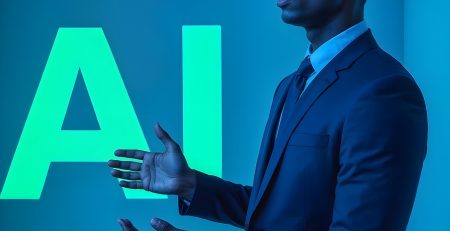Hybrid work is more than a trend—it’s a global strategy.
🏢 Beyond Boundaries: Building a Globally Resilient Workforce Through Hybrid Work
A Thought Leadership Article by H.G&W – Global Management Consulting Firm
Executive Summary
The rise of hybrid work has rewritten the rules of workforce management, redefining productivity, collaboration, and resilience. As borders blur and businesses become more digital than physical, building a globally resilient workforce means more than enabling remote work—it requires strategic agility, inclusive culture, and robust technology.
This article explores how leading organizations are designing hybrid work models that transcend geography, foster global agility, and future-proof talent strategies.
1. The New Normal: Hybrid Work Is Here to Stay
Hybrid work—once a pandemic-era necessity—has become a strategic advantage. According to Gartner, 75% of hybrid or remote employees say their expectations for flexible work have increased since 2020. Companies like Microsoft, Salesforce, and Spotify have adopted “work from anywhere” policies to attract and retain top talent.
However, the real winners are not just those allowing flexibility—but those who intentionally structure it to build resilience, scalability, and inclusiveness.
2. What is a “Globally Resilient Workforce”?
A globally resilient workforce is one that can:
-
Operate seamlessly across locations and time zones
-
Sustain performance amidst crises or disruption
-
Rapidly adapt to change (tech, policy, market shifts)
-
Collaborate inclusively across cultures and contexts
-
Remain engaged and healthy over the long term
Hybrid work, if designed correctly, becomes a resilience multiplier.
3. Key Pillars of a Globally Resilient Hybrid Workforce
🔹 A. Strategic Work Design
Instead of defaulting to in-office or remote days, leaders must define:
-
Which roles need physical presence—and when
-
What tasks are best done synchronously vs. asynchronously
-
How to preserve deep work and creativity across modes
Example: Google uses “team charters” to determine the best hybrid rhythm for each unit, avoiding a one-size-fits-all approach.
🔹 B. Technology and Infrastructure
Hybrid resilience relies on:
-
Cloud-first tools: Google Workspace, M365, Slack, Zoom
-
Security by design: Zero-trust architectures and secure VPNs
-
Digital parity: Equal access to tools and platforms globally
Note: Resilient companies ensure remote workers are not second-class citizens—meetings, documents, and workflows are designed for full inclusion.
🔹 C. Culture of Trust and Autonomy
Resilient workforces are built on outcomes, not oversight. Trust-based leadership empowers employees to own their schedules, manage their workload, and speak up.
Leadership Tip: Shift from “time watched” to “value delivered.”
🔹 D. Inclusive and Adaptive Talent Strategy
-
Recruit globally with a borderless mindset
-
Provide location-agnostic career paths
-
Ensure equitable opportunities for growth, training, and visibility
-
Use data to detect inclusion gaps in engagement or performance
Example: Spotify’s “Work From Anywhere” model includes salary band adjustments and mobility support to ensure fairness across geographies.
🔹 E. Wellbeing as a Resilience Metric
Hybrid workers face risks of burnout, isolation, and blurred boundaries. Building resilience includes:
-
Mandatory “off” times
-
Mental health benefits
-
Redesigning performance reviews to reflect wellbeing, not just output
4. Overcoming Challenges of Hybrid Resilience
| Challenge | Strategic Solution |
|---|---|
| Proximity bias (favoring in-office) | Normalize digital-first meetings, rotate facilitation |
| Time zone mismatch | Implement async updates, rotating stand-up schedules |
| Data silos | Centralize documentation and communication tools |
| Culture dilution | Virtual rituals, cross-region mentorship programs |
5. Case Study: Cisco Systems
Cisco has led the charge in global hybrid work by:
-
Rolling out global “hybrid hubs” for in-person collaboration
-
Embedding mental health days into its calendar
-
Launching an internal “Hybrid Work Index” to track engagement, productivity, and culture
Result: Cisco has maintained high productivity while reducing turnover and boosting employee satisfaction by over 15%.
6. The H.G&W View: Designing for Resilience, Not Just Flexibility
At H.G&W, we work with organizations to architect hybrid work strategies that go beyond enabling flexibility—they build scalable, ethical, and inclusive workforces that thrive under uncertainty.
A globally resilient workforce is not born—it’s built. With intention, structure, and empathy.










Leave a Reply